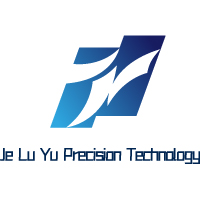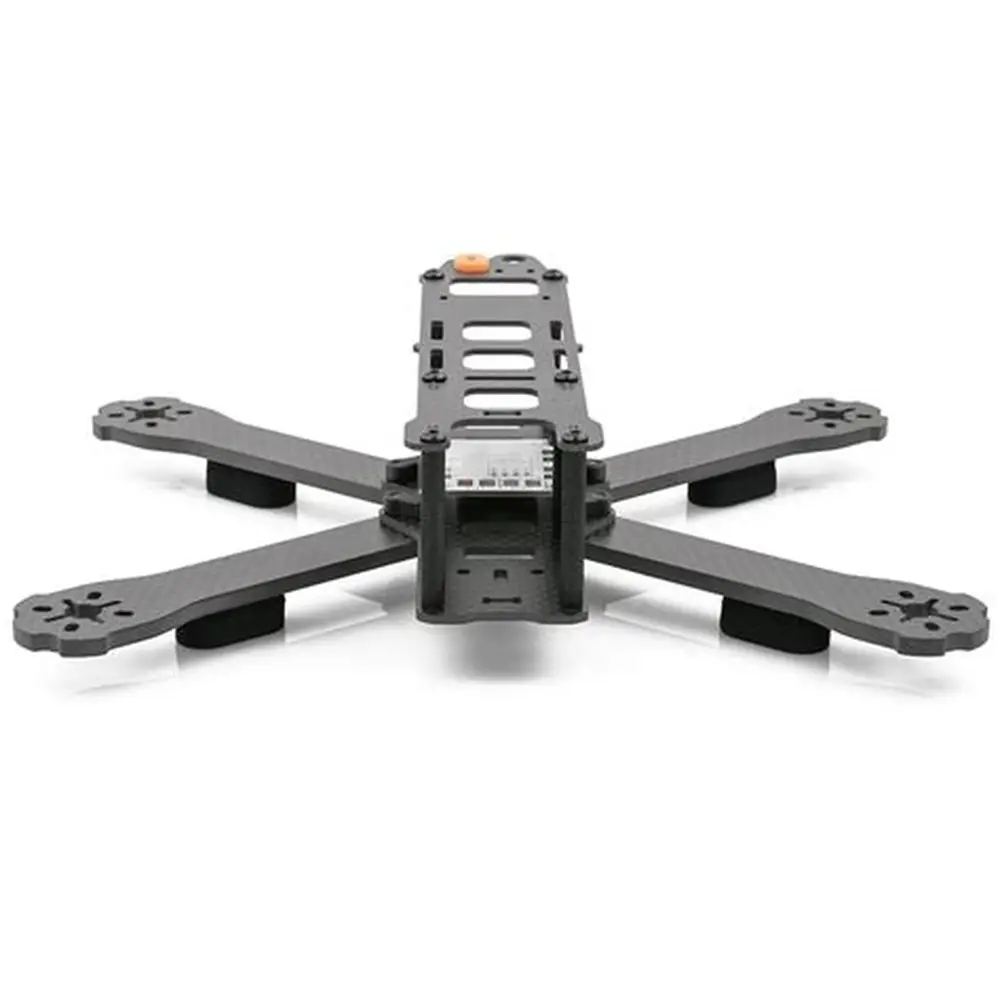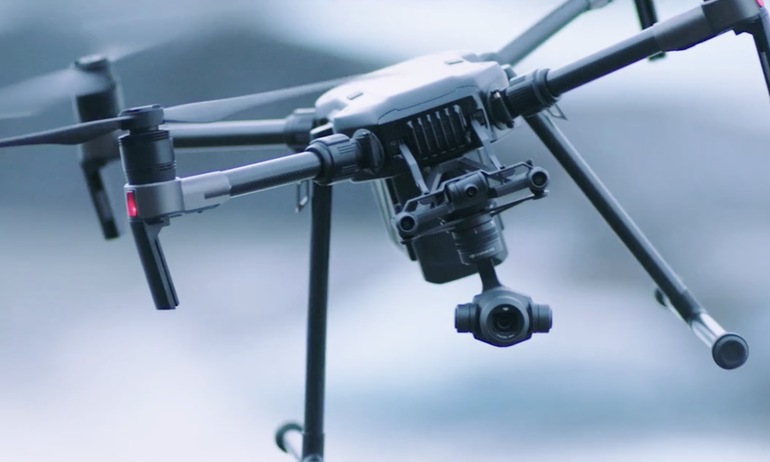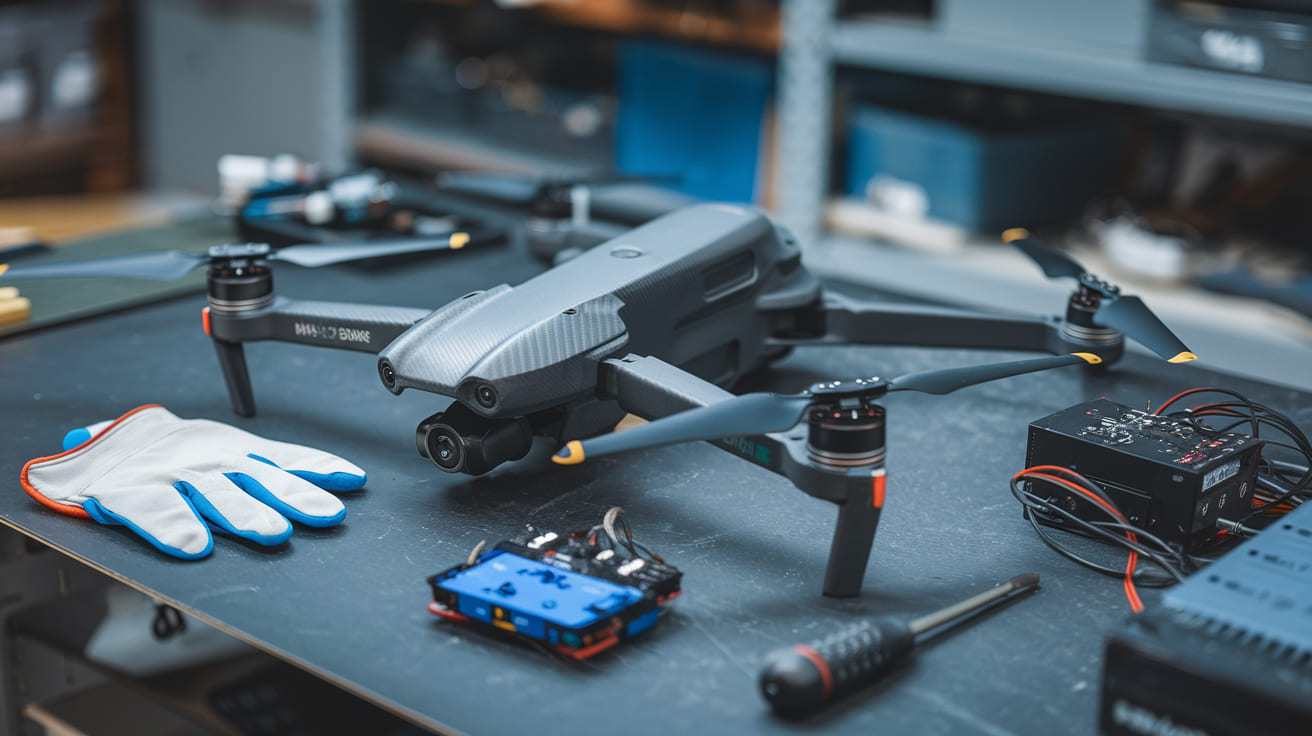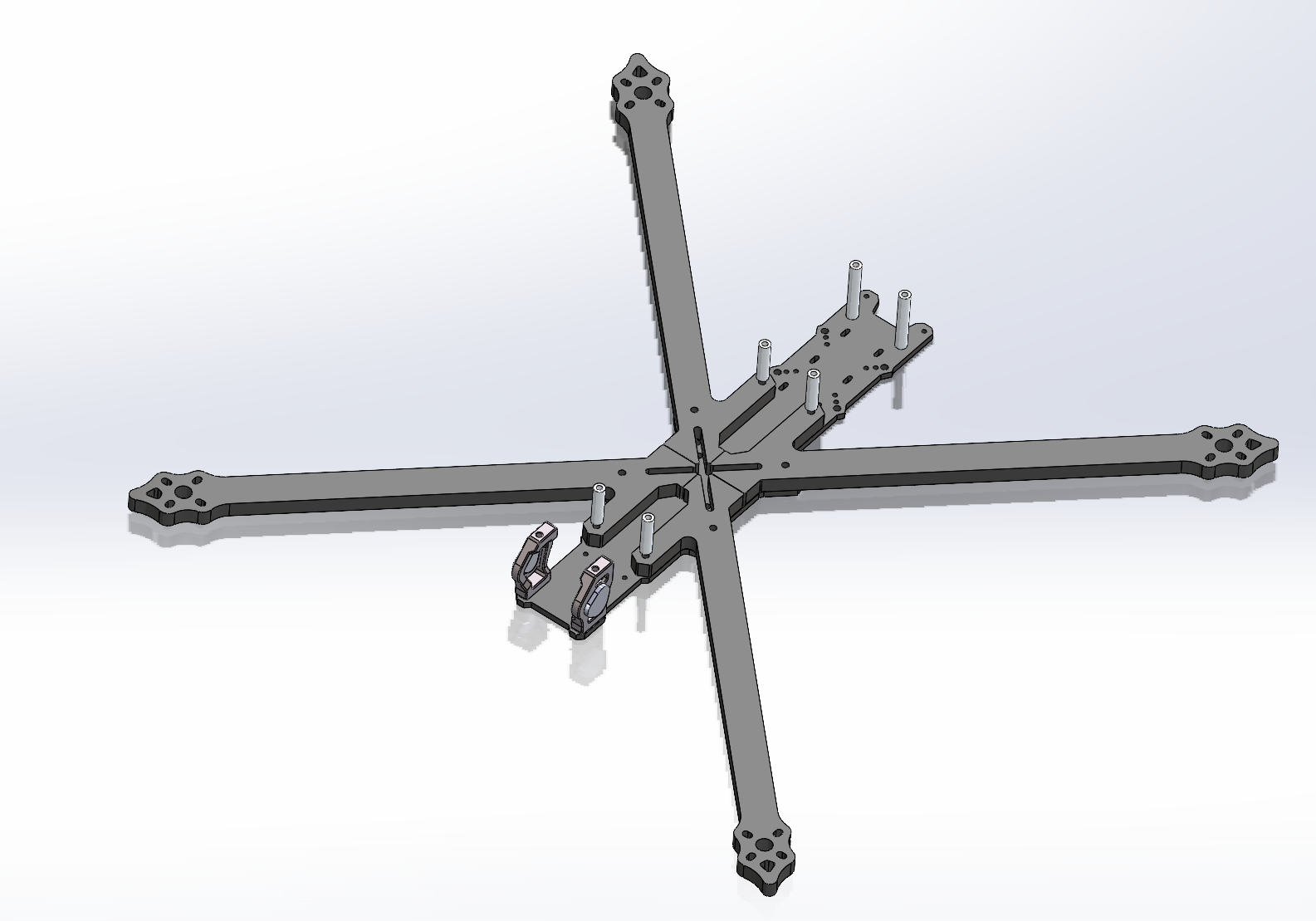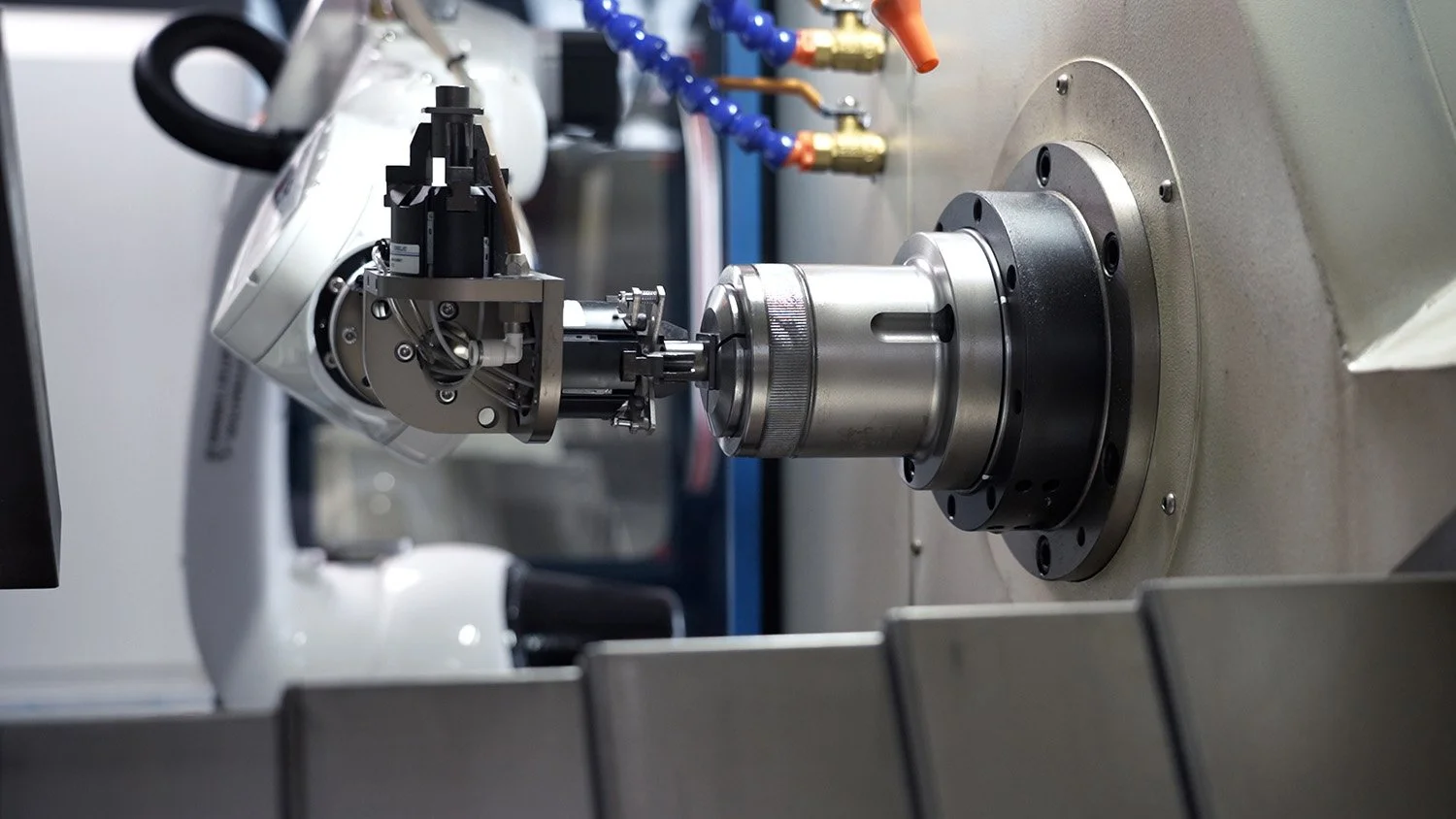The Ultimate Guide to Precision Machined Parts with Anodizing Finish
In the world of precision manufacturing, CNC machining stands as a cornerstone technology, enabling the creation of complex components with exceptional accuracy. When combined with anodizing finish, these machined parts gain enhanced durability, corrosion resistance, and aesthetic appeal. This comprehensive guide explores the intricate relationship between CNC machining and anodizing, detailing processes, benefits, applications, and how this combination delivers superior components for demanding industries.
Understanding CNC Machining and Anodizing: A Powerful Combination
CNC (Computer Numerical Control) machining is a subtractive manufacturing process that uses computerized controls to operate machine tools including lathes, mills, routers, and grinders. This technology produces high-precision parts with tight tolerances, often reaching as precise as ±0.01mm . The process begins with digital 3D models that are converted into programming instructions that guide the cutting tools to remove material from a solid block, resulting in the desired geometry.
Anodizing is an electrochemical process that enhances naturally occurring oxidation, particularly on aluminum surfaces, to create a protective, durable, and often decorative finish. The process involves immersing the part in an acid electrolyte bath and introducing an electrical current, which causes oxygen ions to release and form a protective oxide layer on the part’s surface . This surface treatment is particularly valuable for CNC machined components because it doesn’t just coat the surface but transforms the actual metal surface into a durable oxide layer.
The Science Behind Anodizing Aluminum Parts
The anodizing process for aluminum parts involves several precise stages:
-
Pre-treatment: This involves cleaning to remove impurities and etching to achieve the desired surface texture
-
Anodizing: The part is immersed in an electrolytic solution (typically sulfuric acid for Type II and Type III anodizing) and serves as the anode (positive electrode)
-
Coloring (optional): The porous anodized layer can be infused with dyes or metallic salts
-
Sealing: The surface pores are closed through hydrothermal sealing or other methods to lock in color and enhance corrosion resistance
The resulting anodized layer possesses several valuable properties:
-
Enhanced hardness – Anodized surfaces can reach hardness levels up to HV 500
-
Excellent corrosion resistance
-
Improved wear resistance
-
Electrical insulation (although this may require masking for specific applications)
-
Thermal resistance
-
Porous structure that accepts dyes and pigments
Types of Anodizing Processes for CNC Machined Parts
There are three primary types of anodizing processes used for precision machined components, each with distinct characteristics and applications:
Table: Comparison of Anodizing Types for Machined Parts
| Anodizing Type | Thickness Range | Key Characteristics | Common Applications |
|---|---|---|---|
| Type I – Chromic Acid Anodizing | 0.5-1.8 μm | Thinnest coating, provides good corrosion resistance without significantly changing dimensions | Aerospace components, military applications, parts where dimensional stability is critical |
| Type II – Sulfuric Acid Anodizing | 1.8-25 μm | Excellent dye absorption, good corrosion and wear resistance, wide range of colors | Consumer products, architectural components, mechanical parts, military specifications (MIL-A-8625) |
| Type III – Hard Anodizing | 13-100 μm | Extremely wear-resistant, highest hardness, excellent corrosion protection | High-wear applications, military equipment, aerospace components, industrial machinery |
Benefits of Anodizing for CNC Machined Components
The combination of CNC machining and anodizing offers numerous advantages that make it particularly valuable for precision components across industries.
1. Enhanced Durability and Wear Resistance
Anodizing significantly increases the surface hardness of aluminum parts, making them resistant to abrasion and wear. Hard anodizing (Type III) can create surfaces harder than tool steel , which is crucial for components subject to frequent contact or movement.
2. Superior Corrosion Protection
The anodized layer provides exceptional resistance to environmental factors, chemicals, and oxidation. This is particularly important for parts exposed to harsh environments, including marine, aerospace, and industrial applications.
3. Maintained Dimensional Accuracy
Unlike plating or painting, which add thickness to all surfaces, anodizing builds up from the base material. While the process does add some thickness (typically 0.5-100 μm depending on the type), the change is predictable and can be accounted for in the CNC machining process .
4. Improved Aesthetic Qualities
Anodizing offers a wide range of color options while maintaining the metallic appearance of the base material. The color is not a surface coating but is infused into the porous layer before sealing, making it more durable than painted surfaces.
5. Enhanced Adhesion for Secondary Operations
The porous nature of anodized surfaces makes them ideal for bonding with adhesives or receiving additional coatings, providing excellent adhesion properties compared to bare metal.
6. Electrical Insulation
The anodized layer is non-conductive, which can be beneficial for electrical applications where isolation is required. For components requiring electrical connectivity, specific areas can be masked during the anodizing process .
Design Considerations for CNC Machined Parts with Anodizing Finish
To achieve optimal results with anodized CNC machined parts, several design factors must be considered during the initial planning stages:
Material Selection
While aluminum is the most commonly anodized material, other non-ferrous metals like titanium can also be anodized . The specific alloy selection impacts the final appearance and performance of the anodized finish:
Table: Aluminum Alloys and Their Anodizing Characteristics
| Aluminum Alloy | Anodizing Characteristics | Best Applications |
|---|---|---|
| 6061 | Excellent anodizing qualities, uniform appearance, takes dye well | General purpose parts, structural components, consumer products |
| 6063 | Very good for architectural applications, excellent coloring characteristics | Extruded parts, architectural elements |
| 7075 | Hard anodizing provides excellent wear resistance | Aerospace components, high-stress parts |
| 2024 | Contains copper which can affect color uniformity, better for hard coat | Aerospace applications, structural components |
| 5052 | Good corrosion resistance after anodizing, good for coloring | Marine applications, consumer goods |
Tolerance Considerations
The anodizing process adds a thin layer to all exposed surfaces. For critical dimensions, this increase must be accounted for during the machining process. A best practice is to:
-
Machine critical dimensions to specification post-anodizing
-
Design with appropriate tolerances for anodized surfaces
-
Use masking techniques to protect critical areas from anodizing
Surface Finish Requirements
The initial surface finish achieved through CNC machining significantly affects the final appearance after anodizing:
-
Machine finishes will show tool marks more prominently after anodizing
-
Polished surfaces will result in glossy anodized finishes
-
Bead-blasted or media-finished surfaces will yield matte appearances
-
Etching during pre-treatment can create uniform matte surfaces
Color Consistency
Achieving perfect color matching between batches can be challenging due to variations in:
-
Aluminum alloy composition
-
Surface preparation techniques
-
Anodizing process parameters
-
Dye concentration and temperature
-
Sealing methods
For multi-part assemblies, it’s recommended to anodize all components in the same batch whenever possible .
Applications of Anodized CNC Machined Parts Across Industries
The combination of CNC machining and anodizing serves numerous industries where precision, durability, and aesthetics are paramount.
Aerospace Industry
Aerospace applications demand components with exceptional strength-to-weight ratios, durability, and corrosion resistance. Anodized CNC machined parts are ideal for:
-
Aircraft structural components
-
Avionics housings
-
Interior components
-
Satellite mechanisms
The aerospace industry often specifies Type I chromic acid anodizing for critical components where fatigue resistance is crucial, and Type III hard anodizing for wear-resistant applications .
Defense and Military Applications
Military equipment requires robustness, reliability, and corrosion protection, often under extreme conditions. CNC machined anodized components are used in:
-
Weapons systems
-
Communication equipment
-
Navigation systems
-
Vehicle components
These applications typically require compliance with MIL-A-8625 specifications and often utilize hard coat anodizing for maximum durability.
Medical Equipment
The medical industry benefits from anodized aluminum components through:
-
Enhanced corrosion resistance against sterilization chemicals
-
Improved wear resistance for moving parts
-
Electrical insulation properties
-
Aesthetic appeal for external components
Medical devices often use anodized aluminum for surgical instruments, equipment housings, and diagnostic devices.
Consumer Electronics
Anodized CNC machined parts are prevalent in consumer electronics due to:
-
Excellent aesthetic qualities with a premium appearance
-
Durability against daily wear
-
Lightweight properties
-
Heat dissipation capabilities
Examples include laptop bodies, smartphone frames, camera bodies, and wearable devices.
Industrial and Automation Equipment
Industrial applications leverage anodized aluminum for:
-
Robotics components
-
Automation system parts
-
Sensor housings
-
Conveyor system components
The wear resistance and corrosion protection help maintain precision and reliability in demanding industrial environments.
Automotive Industry
The automotive sector utilizes anodized CNC machined parts for:
-
Engine components
-
Transmission parts
-
Suspension components
-
Interior trim pieces
-
Electronic housing components
Case Studies: CNC Machined Parts with Anodizing Finish
Case Study 1: Studio NDI Enclosure System
Challenge: Produce 550 sets of precision enclosures for professional video encoding/decoding equipment, with each set consisting of three components (cover, base, and window) requiring exacting specifications and aesthetic consistency.
Solution:
-
CNC milling of all components from 6061 aluminum alloy
-
Surface finishing process including bead blasting to achieve uniform matte finish
-
Type II, Class 2 black anodizing per MIL-A-8625 specification
-
Laser etching for branding and identification
Technical Considerations:
-
Specific areas required masking during anodizing to maintain electrical connectivity
-
Initially considered secondary machining after anodizing for precision features, but switched to laser etching to remove anodizing for better precision and cost efficiency
-
Design optimization for material usage to reduce costs while maintaining structural integrity
Results: High-precision, aesthetically consistent enclosures delivered in quantities of 550 sets with plans for future production runs of 1,000 sets based on the successful implementation.
Case Study 2: Aerospace Sensor Housing
Challenge: Produce a lightweight yet durable housing for aerospace sensors requiring EMI/RFI shielding, corrosion resistance, and ability to withstand extreme environmental conditions.
Solution:
-
CNC machining from 7075 aluminum alloy for strength-to-weight ratio
-
Type III hard anodizing for maximum wear and corrosion resistance
-
Selective masking to maintain electrical connectivity at mounting points
-
Precision machining to accommodate internal components with tight tolerances
Results: Components met all aerospace specifications for performance and durability while reducing weight compared to previous designs using stainless steel.
Case Study 3: Medical Device Component
Challenge: Create a surgical instrument component requiring repeated sterilization, chemical resistance, precise operation, and aesthetic appeal.
Solution:
-
CNC machining from 6061 aluminum alloy
-
Type II anodizing with specific dye formulation for color matching
-
Precision tolerancing to account for anodizing thickness
-
Enhanced sealing process for maximum corrosion resistance against sterilization chemicals
Results: Instrument components met all medical requirements for performance, durability, and aesthetics, with improved service life compared to previous versions.
The CNC Machining Process for Anodized Parts
To achieve optimal results with anodized finishes, the CNC machining process must be carefully planned and executed:
1. Design for Manufacturability (DFM)
Implement DFM principles specific to anodizing:
-
Avoid sharp edges and corners which can result in thin anodizing layers
-
Design with uniform wall thicknesses to ensure consistent anodizing
-
Consider fixturing requirements for both machining and anodizing processes
-
Specify critical dimensions that may require post-anodizing machining
2. Material Selection
Choose appropriate aluminum alloys based on:
-
Mechanical requirements
-
Anodizing characteristics
-
Final appearance goals
-
Cost considerations
3. Machining Operations
Execute precision machining while considering:
-
Tool selection to achieve required surface finishes
-
Cutting parameters to minimize stress and heat-affected zones
-
Deburring and edge-breaking to ensure uniform anodizing
-
Surface finish requirements for the final appearance
4. Pre-Anodizing Preparation
Proper preparation is critical for quality anodizing:
-
Thorough cleaning to remove contaminants
-
Etching to achieve uniform surface texture
-
Masking of areas not to be anodized
-
Appropriate racking for efficient anodizing process
5. Anodizing Process
Control key parameters during anodizing:
-
Electrolyte concentration and temperature
-
Current density and voltage
-
Process time based on desired thickness
-
Dye concentration and temperature (if coloring)
-
Sealing method and duration
6. Quality Control
Implement rigorous QC measures including:
-
Thickness testing of anodized layer
-
Color consistency verification
-
Adhesion testing
-
Corrosion resistance testing
-
Dimensional verification of critical features
Technical Specifications for Anodized CNC Machined Parts
When specifying anodized CNC machined parts, several technical parameters must be defined:
Anodizing Specifications
-
Type: I, II, or III per MIL-A-8625
-
Thickness: Range in micrometers or mils
-
Color: Reference to standard colors or provide samples
-
Sealing Method: Hot water, cold, or mid-temperature sealing
-
Quality Standards: Relevant industry specifications
Performance Requirements
-
Abrasion Resistance: Specify test method and requirements
-
Corrosion Resistance: Salt spray hours per ASTM B117
-
Light Fastness: For colored parts exposed to UV light
-
Adhesion: Cross-hatch or tape test requirements
-
Electrical Properties: If insulation or conductivity is required
Dimensional Requirements
-
Critical Dimensions: Identify features requiring precise control
-
Masking Requirements: Specify areas to remain free of anodizing
-
Post-Anodizing Machining: Identify any features to be machined after anodizing
Maintenance and Care of Anodized CNC Machined Parts
Proper maintenance ensures the longevity and appearance of anodized components:
Cleaning Procedures
-
Use mild, non-abrasive cleaners with pH between 5 and 8
-
Avoid abrasive pads or brushes that can damage the surface
-
Rinse thoroughly with clean water after cleaning
-
Dry with soft cloth to prevent water spotting
Damage Prevention
-
Avoid impact with hard objects that can compromise the anodized layer
-
Use protective coatings or films in high-wear areas when appropriate
-
Implement proper handling procedures to prevent surface damage
Repair Considerations
-
Anodized surfaces cannot be spot-repaired—damaged components typically require stripping and re-anodizing or replacement
-
Minor scratches can sometimes be minimized with specialized polishing techniques
-
Consult with anodizing specialists for repair options on valuable components
Future Trends in CNC Machining and Anodizing
The field of precision machining and surface treatment continues to evolve with several emerging trends:
Advanced Anodizing Techniques
-
Plasma Electrolytic Oxidation (PEO): Also known as micro-arc oxidation, this process creates thicker, harder ceramic coatings on aluminum, magnesium, and titanium alloys
-
Nanostructured Anodizing: Developing controlled nanostructures for specialized applications including enhanced adhesion and unique optical properties
-
Environmental Improvements: Development of more environmentally friendly anodizing processes with reduced energy consumption and waste production
Digital Integration
-
IoT-enabled Manufacturing: Integration of sensors and monitoring systems in both machining and anodizing processes for improved quality control
-
Predictive Analytics: Using historical data to optimize processes and predict maintenance requirements
-
Digital Twins: Creating virtual replicas of the manufacturing process to simulate outcomes and optimize parameters
Material Advancements
-
New Aluminum Alloys: Development of alloys with improved machining and anodizing characteristics
-
Composite Integration: Combining anodized aluminum with other materials for enhanced performance
-
Recycling and Sustainability: Improved processes for recycling aluminum and managing anodizing byproducts
Conclusion: The Value of CNC Machined Parts with Anodizing Finish
The combination of CNC machining and anodizing represents a powerful synergy between precision manufacturing and advanced surface treatment. This partnership delivers components with exceptional dimensional accuracy, enhanced durability, improved corrosion resistance, and aesthetic appeal—attributes demanded by industries ranging from aerospace to consumer electronics.
As manufacturing technologies continue to advance, the integration of CNC machining and anodizing will become increasingly sophisticated, offering even greater precision, efficiency, and customization possibilities. By understanding the technical considerations, design requirements, and process parameters outlined in this guide, engineers, designers, and procurement professionals can make informed decisions that optimize both performance and value for their specific applications.
The future of manufacturing will continue to rely on such synergistic combinations of processes and technologies, pushing the boundaries of what’s possible in precision component manufacturing while meeting increasingly stringent requirements for performance, durability, and sustainability.
